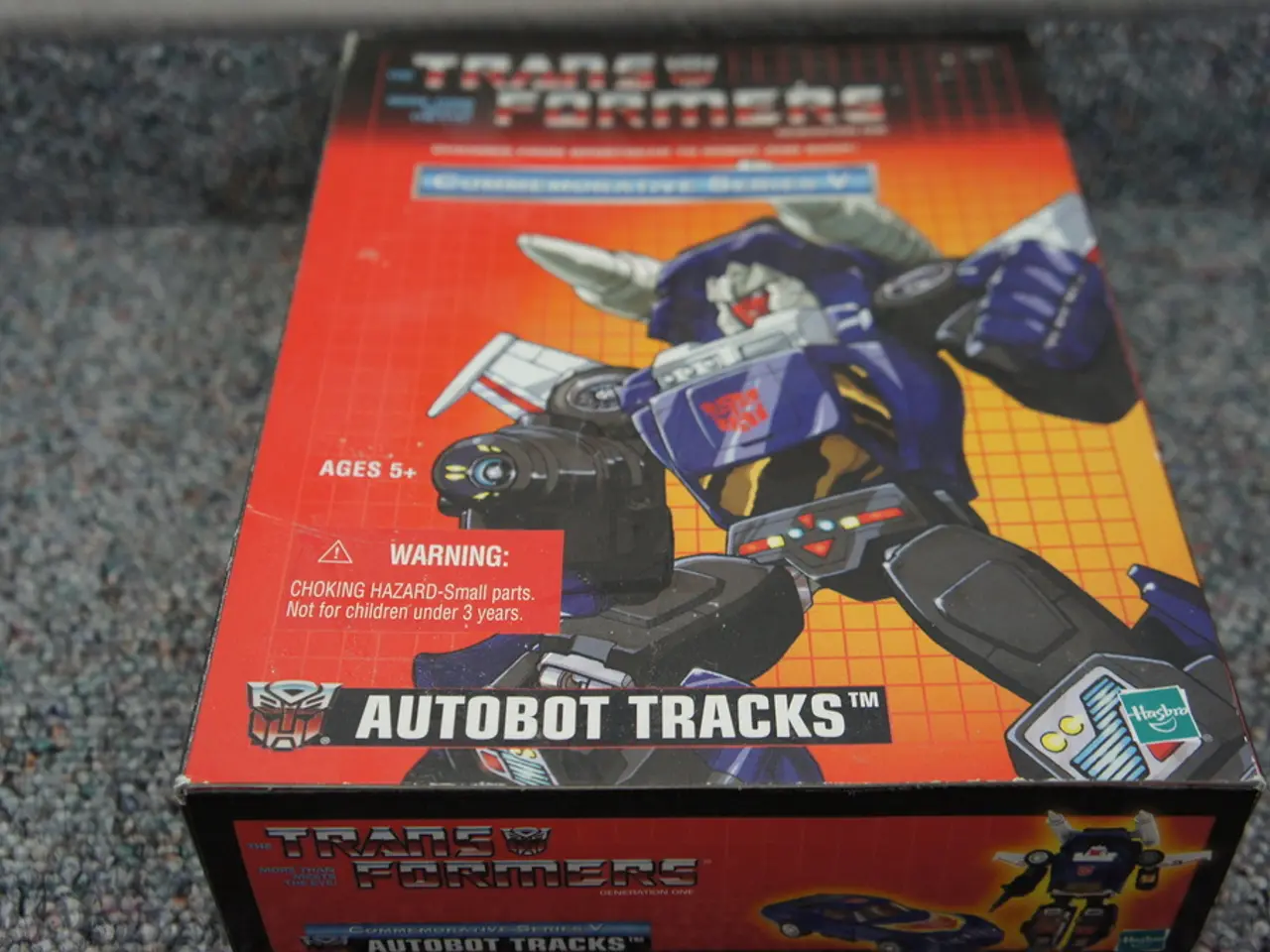Any individual now possesses the capability to teach a robot through a novel device
In a groundbreaking development, engineers at the Massachusetts Institute of Technology (MIT) have created a versatile demonstration interface (VDI) that is set to transform the way robots are taught new skills[1][2][5]. This innovative tool significantly lowers the technical barrier to robot programming, making it possible for a broader population, regardless of coding expertise, to teach robots[1][2][5].
The VDI is a handheld, sensor-rich device designed to attach to standard collaborative robotic arms[1][3][5]. It offers three integrated training methods, providing users with the flexibility to choose the one that best suits their comfort level or the nature of the task[1][3][5].
The first method, direct demonstration, allows users to perform the task themselves, with an onboard camera and markers recording their movements. Once the VDI is reattached, the robot mimics the recorded actions[2][3]. The second method, kinesthetic teaching, involves physically guiding the robot's arm through the desired motions. Sensors capture both movement and applied force, enabling the robot to learn the precise actions required[2][3]. Lastly, remote control allows users to operate the robot remotely, with the VDI attached, and the robot recording all actions as training data for future autonomous operation[2][3].
The MIT team tested the VDI on a standard collaborative robotic arm, commonly found in manufacturing environments[1][3][5]. Volunteers with manufacturing expertise, but not necessarily robotics programming skills, used the VDI to teach the robot two typical factory floor tasks. The system successfully captured and translated user demonstrations—whether performed directly, through physical guidance, or via remote operation—into executable robot behaviours[1][2][3].
The VDI's key features include its handheld, sensor-rich design, compatibility with many collaborative robotic arms, versatility in supporting multiple teaching styles, and its potential to democratise robot training by removing the need for coding[1][2][5]. This new generation of robots could potentially learn from a wide range of people, not just engineers with coding expertise.
In summary, the VDI offers a dramatic expansion of who can teach robots by providing intuitive, flexible, and accessible training methods, and its effectiveness has been empirically validated through real-world testing with non-expert users on collaborative robotic arms[1][2][3]. This development could pave the way for a future where robots can be taught by anyone, making the process of teaching robots more accessible and user-friendly.
Artificial intelligence in robotics could witness a significant breakthrough with the introduction of the versatile demonstration interface (VDI), as its handheld design and sensor-rich capabilities make it accessible for people beyond coding experts to teach robots new skills. This innovation in technology, tested on standard collaborative robotic arms in manufacturing environments, offers three integrated training methods – direct demonstration, kinesthetic teaching, and remote control – to cater to diverse users and tasks.




